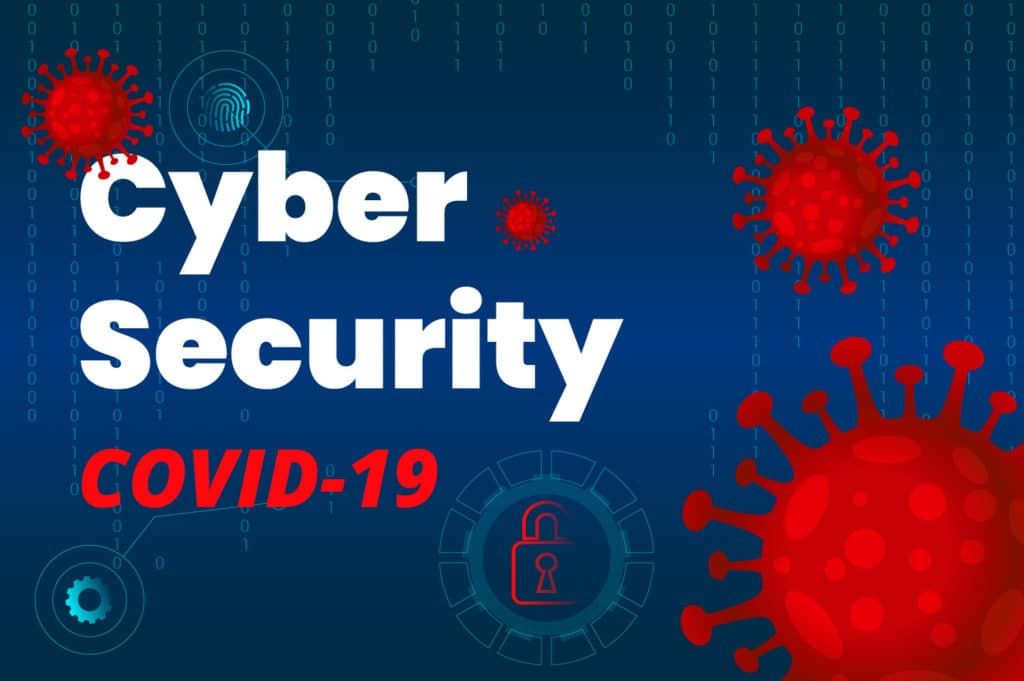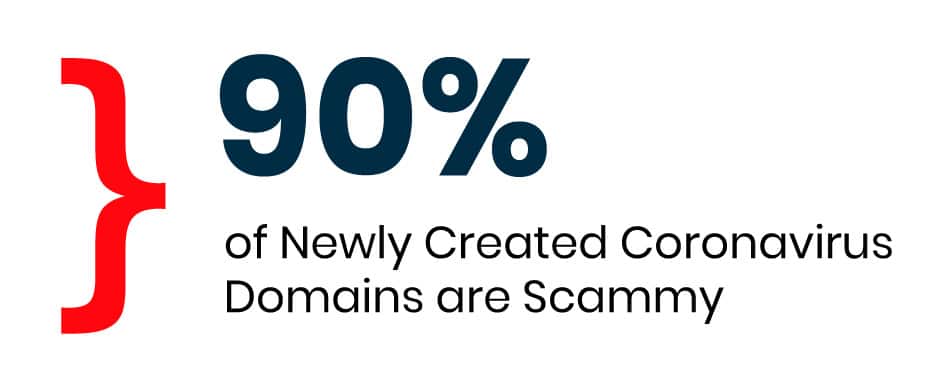Cyber security In the Age Of COVID-19

The COVID-19 pandemic created chaos worldwide, providing an opening for cybercriminals to exploit vulnerabilities, and emphasizing the need for robust cyber security measures. The COVID-19 crisis-related malware, scams, and phishing attacks are all on the rise, as are cyber attacks on organizations and healthcare providers.
Since businesses are confronted with low revenues, forced to cut costs, the risk of closure looming and, as a result of COVID-19, general fear and uncertainty, these distractions are losing their attention, especially when it comes to IT and cyber security. Businesses need to protect their IT and information protection systems since it could be inevitable for opportunistic threat actors to cyberattack and the consequences would be devastating.
It has pushed organizations and individuals to embrace relatively new practises like social distancing and remote working.
Remote Desktop BRUTE-FORCE ATTACKS GREW 400% IN MARCH AND APRIL ALONE
Source: https://www.zdnet.com/article/ten-disturbing-coronavirus-related-cybercrime-statistics-to-keep-you-awake-tonight/
By designing and implementing new economic policies, policymakers are reconsidering ways to ensure that their countries are prosperous. Nevertheless, as the world focuses on the health and economic challenges presented by COVID-19, this crisis is inevitably being capitalised on by cyber criminals around the world.
Attacks on the rise
According to a report by WHO cyber attacks have seen a dramatic steep curve. To take advantage of the panic and confusion associated with the coronavirus pandemic, cybercriminals are changing their normal methods of operation. Using ongoing trends is one of the many

Organizations should take preventive measures by advising their employees and customers to be more attentive and careful, especially when opening up COVID-19 related links, emails or documents. Organizations should ensure the functionality of their identification and warning capabilities while keeping an eye on the effect of having several remote employees.
Impact On HealthCare Services
Cybercriminals have often targeted healthcare providers, but now they are extremely vulnerable. Phishing and social engineering attacks are more likely to succeed when workers are overworked and exhausted. At the same time , organisations are more vulnerable to attacks that aim to exploit device and application vulnerabilities with all resources stretched to breaking point. Many denial of service attacks and data breaches, with more certainly to come, have already been published.
For organisations engaged in COVID-19 relief efforts, including healthcare facilities, emergency services, government agencies , and academic institutions, continued and efficient operation is particularly essential. An effective denial of service or attack on a hospital by ransomware can delay medical intervention and cost lives very literally.
Importance of Cyber Security in COVID times
Organizations around the world are dealing with the pandemic’s financial and organisational ramifications. Some are losing income and are forced to lay off or furlough workers, and protection of information is also among the first places to suffer. This is extremely dangerous, as during this crucial period, cybersecurity is vital.
Web technologies are also business-critical for organisations that have moved to remote work. Any downtime or data loss can be costly in the current environment, so identifying dangerous bugs and repairing them before they are abused by malicious hackers is more critical than ever.
Best Practices
During these exceptional times, these are the best practices that can be followed to avoid attackers exploit:
- Ensure that all remote access capabilities are tested and secure
- Ensure VPN endpoints used by workers are patched
- Educate and train your employees about cyber security and social engineering
- Ensure that all assets are updated and patched regularly including application and Operating Systems
- Enable two-factor authentication (2FA) wherever possible and educate password management
CISOs, CIOs, and business owners are tasked with keeping their organizations safe from security threats during the period. We have listed down the 5 Best Practices for CISO’s.

Act Now to patch up the security gaps in your infrastructure.
Get a free preliminary penetration test analysis of your infrastructure to get insights about your organization’s risk posture.






